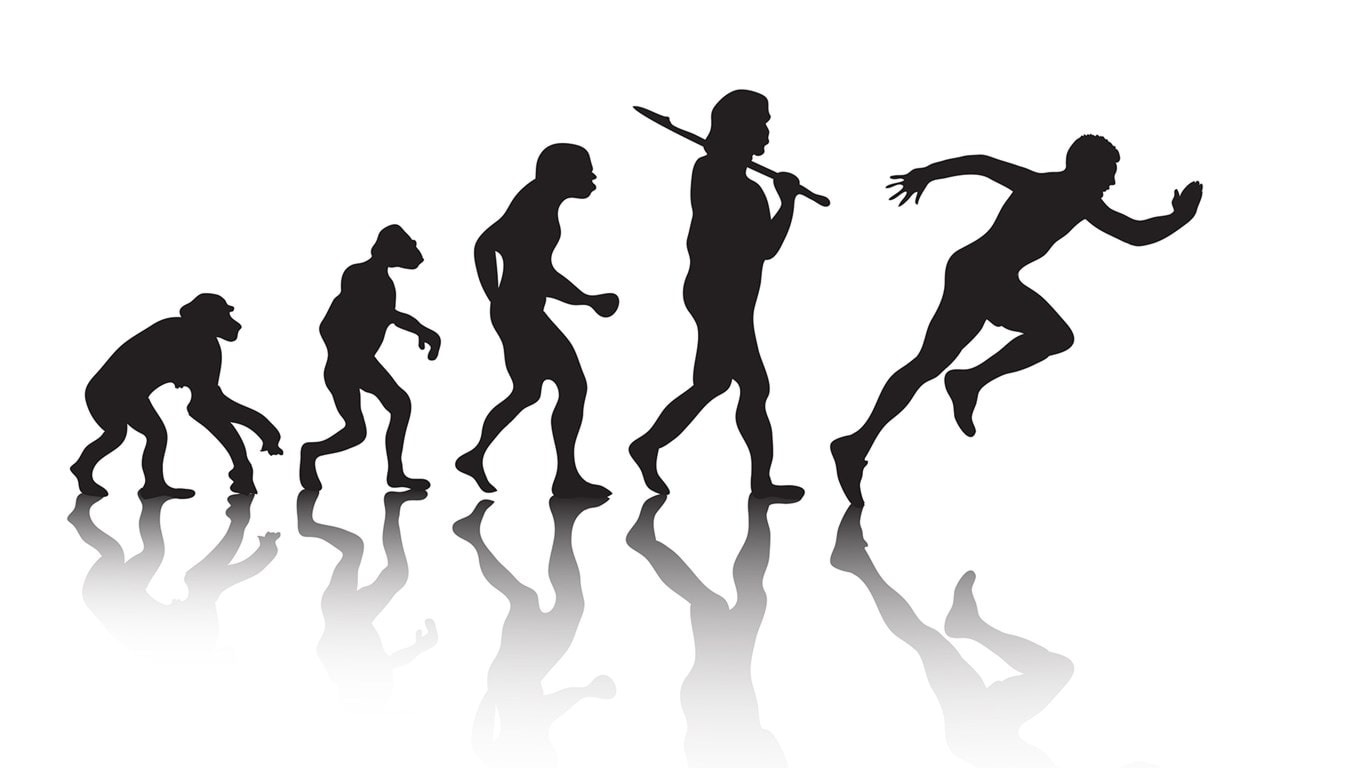Collaboration with New Scientist: 1. Born to Move
The Loss Prevention department is excited to announce a collaboration with New Scientist, a renowned popular science magazine. Over the coming weeks and months, we will be providing a series of articles focusing on the benefits of exercise. This Essential Guide aims to present the facts about exercise and explain why it is the best thing you can do to live a long and healthy life.
Today, we often see exercise as a necessity to counterbalance our sedentary lifestyles. However, our need for physical activity is deeply rooted in our evolutionary history.
Humans evolved from ancestors who had to be active to survive, especially once they began hunting and gathering around 2.5 million years ago. This demanding lifestyle favoured those who moved more, leading to greater food acquisition and reproductive success. Over time, our brains began to reward physical exertion with feel-good chemicals like endorphins and endocannabinoids, giving rise to the "runner's high".
Despite our modern environments minimising the need for physical activity, leading to heart disease, obesity, diabetes and other chronic conditions, our bodies are still designed to move. Early humans adapted to long distance running, with features such as sweat glands for cooling, large gluteal muscles for balance, and energy-storing tendons. These adaptations made us proficient endurance runners, capable of outlasting other animals in the heat. To embrace our natural inclination for movement, we should remember that every human has an endurance athlete within. While genetics play a role, consistent training is key. Running might seem challenging, but it's ingrained in who we are—an integral part of our evolutionary story.

